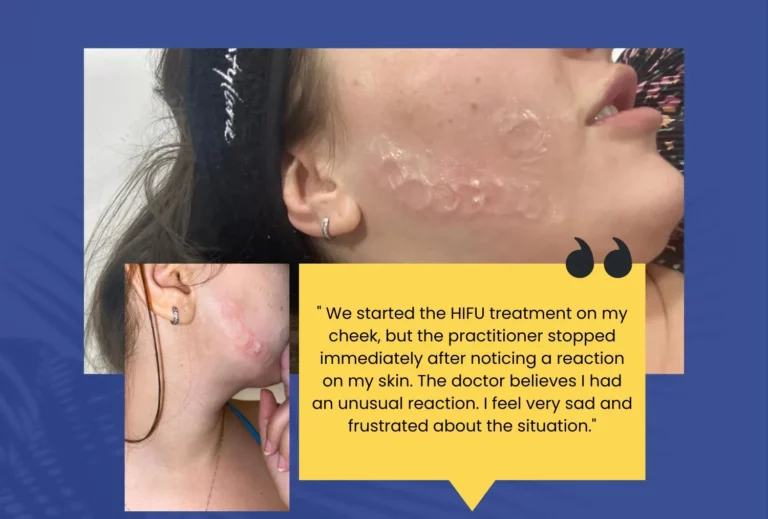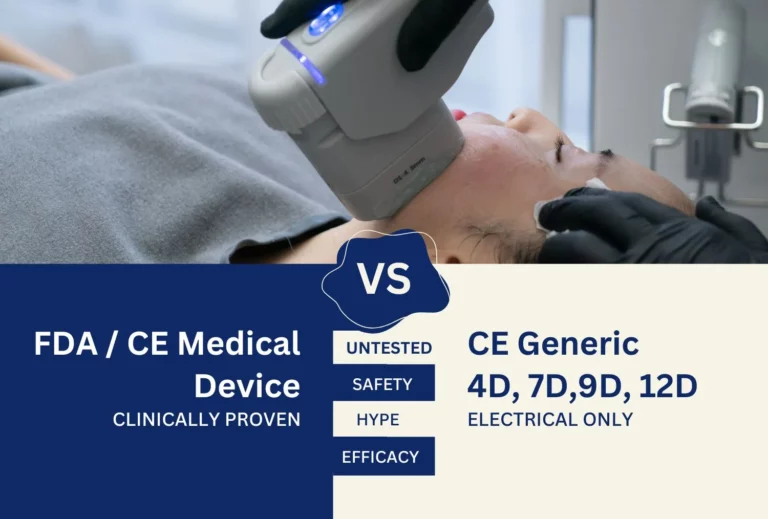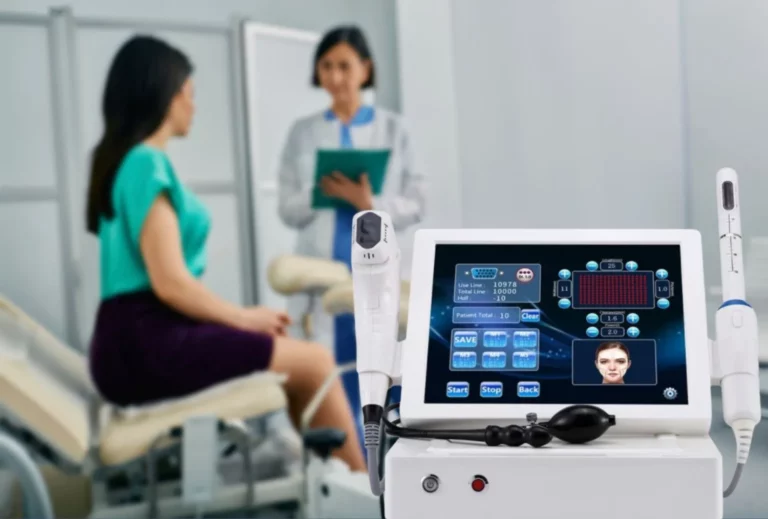What does the CE marking actually mean?
According to the official website of the European Commission, the CE marking (European Conformity) only indicates that the manufacturer has confirmed compliance with basic health, safety and environmental requirementsThis does not meanthat the device has undergone clinical testing, regulatory inspections, or that it has proven effectiveness and long-term safety. The CE marking is not equivalent to approval by an independent regulatory authority (unlike the FDA in the US).
- In many cases, the CE marking is obtained through self-certification by the manufacturer (especially with low-end HIFU devices).
- It is also possible to be issued by the so-called. "notified bodies", but the quality of control varies greatly between these institutions.
How come some low-quality HIFU machines still have CE?
- Issuance by “more lenient” notified bodiesThere are companies that use certification organizations with lower standards or with questionable reputations.
- CE for electrical safety only, but not for medical effectiveness. Many Chinese devices pass tests only for electrical safety, without proving results or accuracy.
- Forged or misleading documentationSome manufacturers misuse the CE mark or affix it illegally (without real registration).
Although many Chinese HIFU devices have CE marking, this does not guarantee you high quality or safety. CE certifies compliance with European requirements, but the process often relies on self-assessment by the manufacturerUnlike FDA approval, which requires rigorous clinical and safety testing, the CE mark in the European Union only confirms that the device meets basic regulatory requirements for sale. It does not mean that the device has been clinically tested for effectiveness or long-term safety in aesthetic procedures. Therefore, it is important for clinics and therapists not to rely solely on this mark, but to look for additional evidence of safety, effectiveness, and certified training.
What is the problem? When these budget machines are used by insufficiently trained specialists or without individual calibration, the risk of burns, asymmetry, nerve and skin damage increases dramatically.
Comparison: CE of Chinese HIFU machine vs. FDA/CE of Ultherapy
| Characteristics | Chinese HIFU with CE | Ultherapy with FDA and CE |
|---|---|---|
| Regulatory burden | Low to moderate | Very high (clinical studies) |
| Security and efficiency | Not guaranteed | Proven and documented |
| Production control | Often weak | Strictly traceable |
| Accuracy of the device | No visualization, inaccurate | With built-in ultrasound visualization |
| Risk for the client | Potentially high | Minimized through technology and training |
Conclusion: The CE mark may be part of the puzzle, but it is not a guarantee of quality or safety in HIFU procedures, especially with low-end machines.
Therefore, the best guideline remains:
The origin and reputation of the manufacturer
Clinical trials and regulation by institutions such as the FDA
Possibility of real in-depth visualization (as offered by Ultherapy)
Training and certification of the specialist



